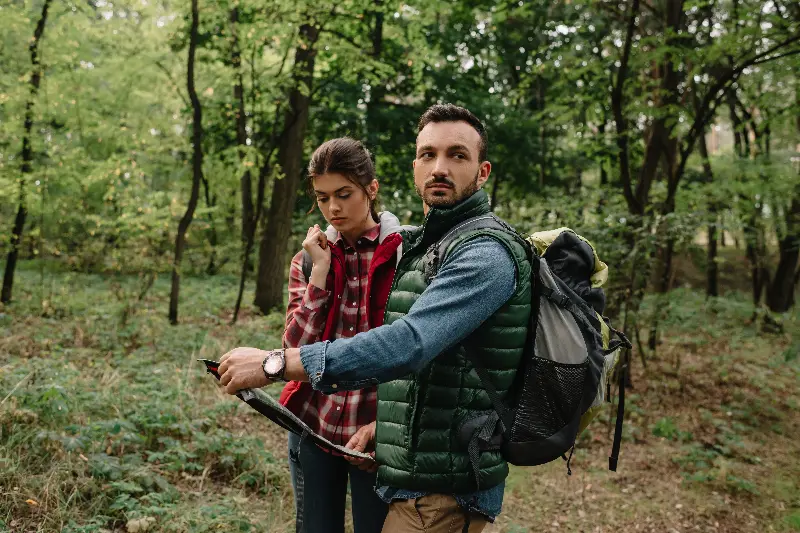Finding yourself lost in the forest is an unsettling experience no matter how experienced you are at hiking or camping. Whether you wandered off a marked trail or the landscape simply looks different than you expected, that feeling of isolation can kick your adrenaline into overdrive. The good news is there are plenty of proven survival tricks that can help you stay calm, conserve your energy, and dramatically increase your odds of making it out safely. Even seasoned adventurers can benefit from brushing up on these essential strategies.

Stay Calm and Assess Your Situation
The very first thing you should do if you realize you’re lost is to stop, breathe, and resist the urge to panic. Panicking can lead to rash decisions, wasted energy, and increased risk of injury. Instead, remind yourself that many people who get lost in the forest are found safe thanks to smart, simple steps. Take a moment to sit down, drink some water if you have it, and gather your thoughts.
Before moving in any direction, try to recall your last known location. Did you pass any distinct landmarks like streams, unique trees, or exposed rock formations? What was the last thing you remember seeing before realizing you were lost? Reconstructing your recent path may offer valuable clues and can help rescue teams pinpoint your position if you need to call for help.
Look for Natural Navigational Aids
Nature provides a remarkable set of clues that, if you know what to look for, can guide you out of trouble. One of the most classic tricks is observing the sun’s movement. The sun rises in the east and sets in the west. In the northern hemisphere, if it's morning, the sun will be roughly in the east, and in the afternoon, it will be toward the west. Midday puts the sun generally to the south. This knowledge can help you get your bearings if you know which direction leads back to campsites, roads, or civilization.
Another natural aid is bodies of water. Streams and rivers often lead to human habitation, as settlements and access roads tend to cluster near them. Following a stream downhill increases your chances of encountering a larger waterway or a trail, and the sound of flowing water can be a psychological comfort, helping you focus.
Trees and vegetation can also offer hints. For example, in the northern hemisphere, moss often grows thickest on the north side of trees, although this is not infallible. Differences in plant life, subtle changes in terrain, or animal tracks can sometimes indicate paths used by people or wildlife, possibly leading toward exit routes.

Use Modern Tools Wisely
Today’s adventurers often carry smartphones, GPS devices, or even emergency locator beacons. If you have a charged phone and service, use it sparingly—texting consumes less battery than calling and may get through with a weaker signal. Many smartphones have compass or map apps that work offline, giving you a chance to reorient yourself.
Before your battery runs low, turn on location services if they’re not already active. Sometimes, even if you can't get a signal, sending your position to a family member or search-and-rescue service is possible via SMS or emergency alert apps that use minimal data. As a bonus, snapping photos of landmarks as you hike can serve as digital breadcrumbs, helping you retrace your steps both mentally and visually.
If you have a whistle, use the internationally recognized signal for distress: three short blasts. This is much more effective than shouting, as the sound carries farther and doesn’t exhaust you as quickly.
Mark Your Path and Avoid Walking in Circles
Many people who get lost instinctively keep moving, often out of a wish to find a way out or a sense of urgency. However, it’s important to mark your route so you don’t accidentally walk in circles. Use whatever you have on hand: stack small rocks, break small branches, or tie bits of brightly colored fabric to tree limbs. Leave visible signs at every major turning point.
If you come to a crossroads or spot a man-made feature—perhaps a fence, trail marker, or piece of litter—it can be promising. Always leave notes or arrows using sticks or stones on the ground, indicating your direction of travel. This won’t just help you; it can also guide rescuers straight to you.
Finally, if you become exhausted or injured, it's best to stay put after marking your last known position. It’s generally easier for rescuers to find someone stationary than a moving target.
